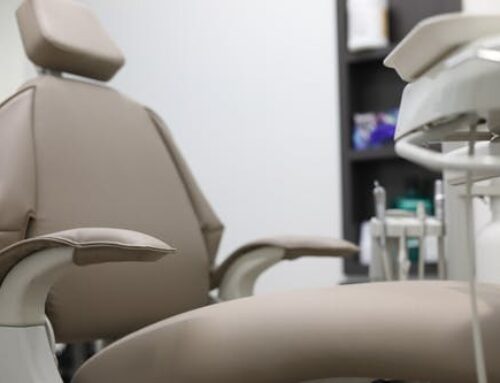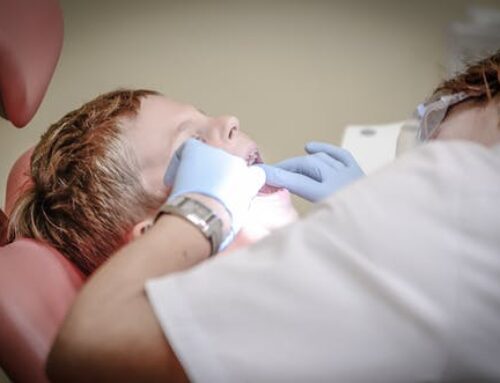Routine dental examinations and cleaning are a few of the best practical solutions to prevent periodontal diseases. However, individuals are somewhat hesitant to go through such a method, considering it is a complicated and tormenting procedure. Despite this fact, this approach is essential and recommended by specialists due to the benefits it holds. So, try to alleviate your fears by discovering the steps included in routine dental cleaning.
Steps in Routine Dental Cleaning
Step 1: Examining the teeth and gums
Before the actual deep cleaning teeth process begins, the dental hygienist will first examine your teeth and gums. This is done to determine the cleaning that needs to be done. On top of that, this can help them identify what and where to focus during the treatment. Using a small concave mirror, the hygienist will inspect your mouth for any specific traces of oral complications such as tatar and plaque accumulation or inflamed gums.
The hygienist will soon after record each of the findings. If they detect significant problems like periodontal disease, the dentist will be informed. When this transpires, the dentist will conduct further assessments for a thorough examination. This is crucial; thus, it should not be taken for granted. It can help them determine whether you can receive the procedure or go through a different one.
Step 2: Scaling of plaque and tartar
Soon after the hygienist and dentist positively confirm that you are safe to proceed through the declared treatment, the actual cleaning process will begin. Initially, they will assist you towards the designated treatment area. After that, you will be asked to position yourself on the dental chair. The hygienist will put a clean fabric around your neck when you are comfortably set. This item will serve as a vessel to trap falling solid and liquid contents from your mouth.
A hooked dental device called a scraper will be used for this action. Based on the plaque and tartar accumulation extent, the dental doctors will decide whether to go with a manual or ultrasonic scaler. A manual scaler functions like a scraping instrument. While the latter is electricity-generated that can remove teeth scabs by inducing gentle vibrations with water. At that point, the dentist will clear away the large calculus deposits around the teeth’ surface and gum line using a mirror as a guide.
Step 3: Polishing and flossing with gritty toothpaste
Removing plaque and tartar buildup is a comprehensive and lengthy yet healthy routine procedure; the entire time frame will be based on the severity of the contaminated areas. As the teeth scabs get eliminated, your mouth is well left open to direct bacterial contamination. The extracted calculus can stream through the throat, harming other body parts, especially the internal organs. However, there is a technique to prevent this from happening.
Obviously, the dentist would not permit this to come about; thus, stain cleaning and teeth polishing come next as soon as the scraping is done. A portable electric device will be affixed to the rubber prophy cup. Then, it will be topped with a gritty toothpaste called prophylaxis paste. The equipment operates as an automatic toothbrush, so patients are presumed to feel a slow grinding motion around the teeth and gums. After thoroughly cleaning it, the dentist will execute the flossing strategy to remove the remaining calculus and paste.
Step 4: Rinsing with water and applying fluoride
Commonly, brushing your teeth can trigger the collection of bubbles on the mouth, which can gradually overflow. This liquid content holds everything removed during the cleaning process, from plaques and tartar to the paste, which can stream down to the throat. The dentist doesn’t want this to happen, so they will ask you to spit it on the basin and rinse off your mouth with clean water to take out this contaminated liquid.
Fluoride application will be immediately after your mouth is well rinsed and free from bacterial scabs. Fluoride is a gel-like substance produced in varying flavors, so the dentist will allow you to select among the options offered at the facility. This will subsequently be placed inside a mouthpiece, and they will let you put on the apparatus for a maximum of one minute. Once the time surpasses, pay off the bill, and once it is done, you are now good to go.






